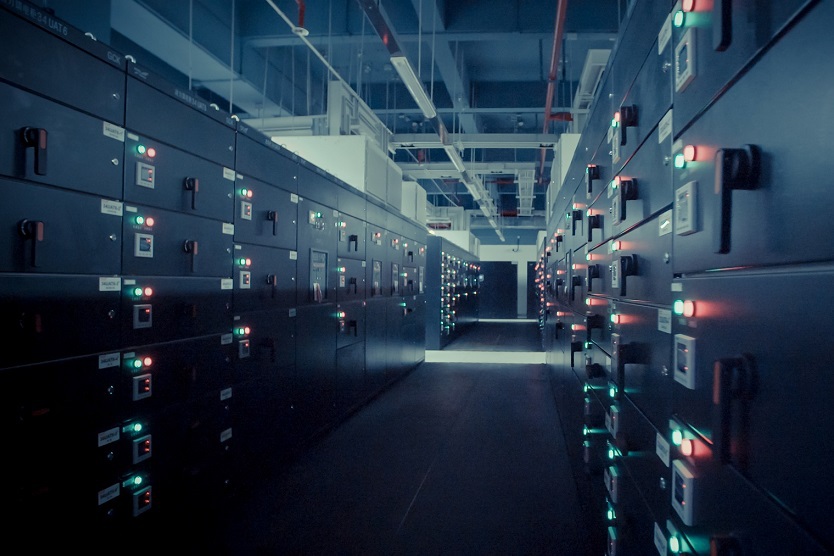
Re-use of waste heat in data centers improves system efficiency
© Pixabay
In today’s information society, data centres are one of the neuralgic interfaces of the digital infrastructure. There are about 50,000 data centres in operation in the Federal Republic of Germany whose cumulative energy consumption already exceeds 10 TWh per year. By way of comparison, this steadily growing consumption will soon exceed the energy production from hydropower (16.3 TWh in 2018). The cooling of servers uses up to a third of their total energy consumption, and so the potential for saving energy in this area is huge. However, because the temperature levels of the waste heat released from water-based cooling systems were too low and due to the lack of nearby consumers, most of the waste heat has so far been released into the atmosphere.
This is where the innovative HotFlAd project of a German consortium comes in to reduce the overall energy consumption for cooling. For example, the waste heat in water-cooled data centres can supply adsorption chillers, which produce chilled water to cool other components of the data centres. Since the effectiveness of adsorption chillers is directly dependent on the existing temperature differences, the temperature level of the cooling circuit is to be raised to over 55°C. This allows the heat exchangers to achieve a higher degree of efficiency and to be operated more economically. This combination will lead to an increase in efficiency in plant cooling of up to 300%.
Once the technical design has been completed, the concept will be tested and analysed in a field test in two computer centres of different sizes. The test setup will be monitored and optimised by scientists from TU Berlin. Subsequently, sustainable business models will be developed for the operators of data centres.
The project is part of the “EnEff.Gebäude.2050 – innovative projects to achieve a nearly climate-neutral stock of buildings by 2050” funding initiative of the Federal Ministry for Economic Affairs and Energy and will run from 2019 to 2021.


